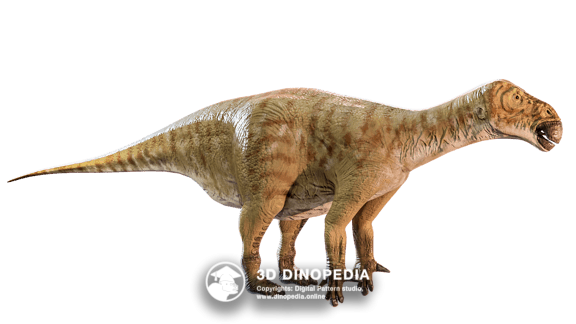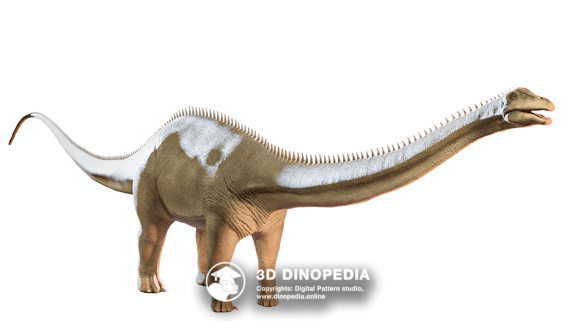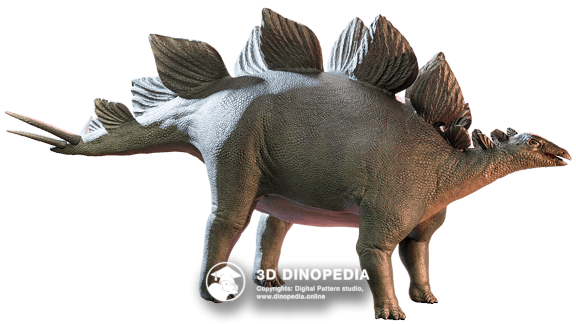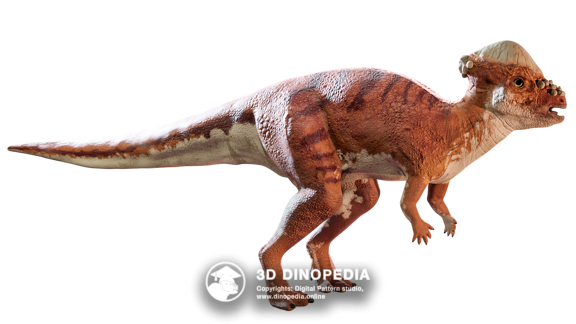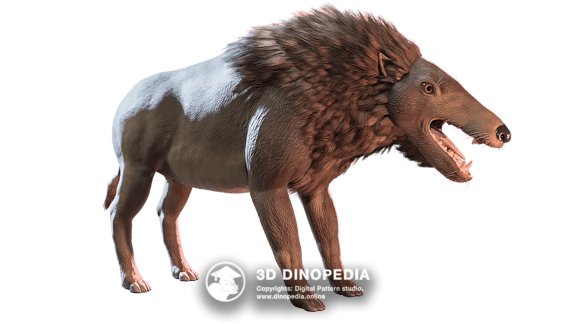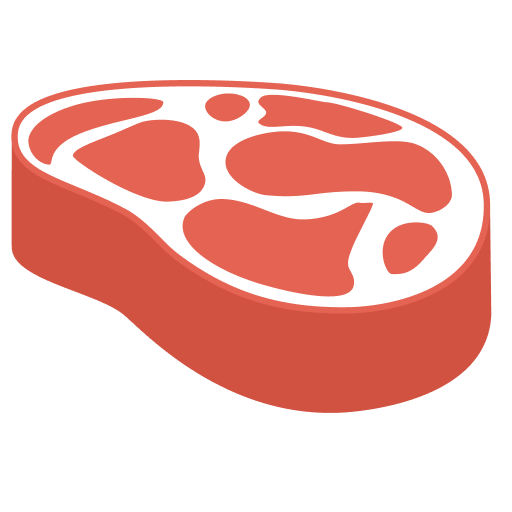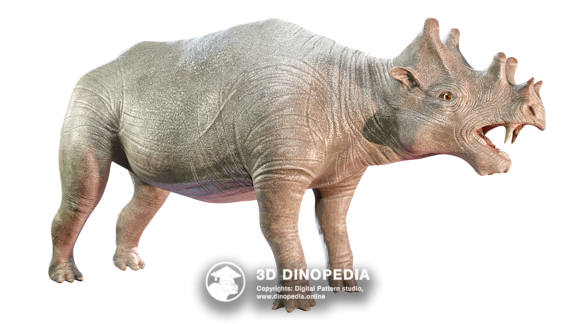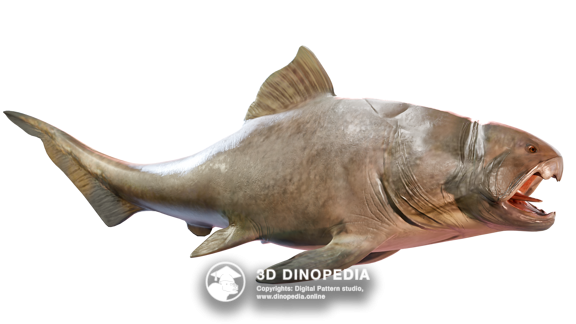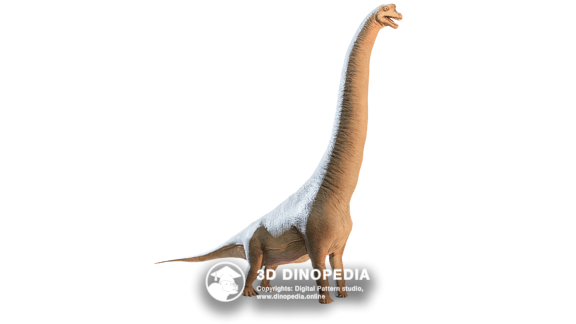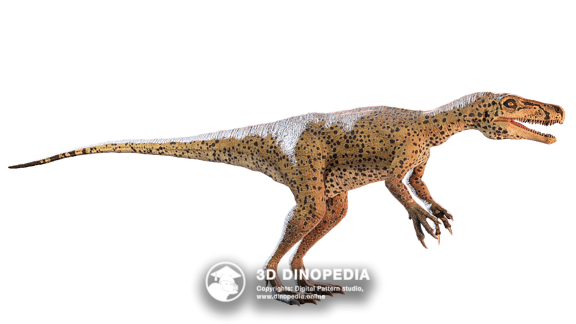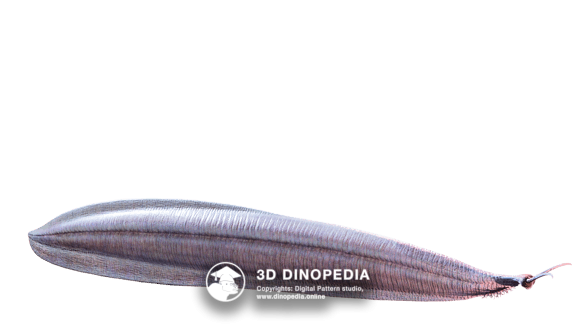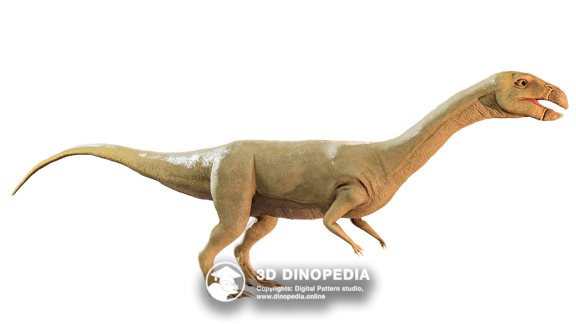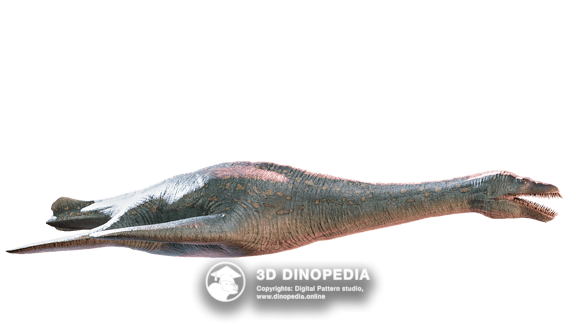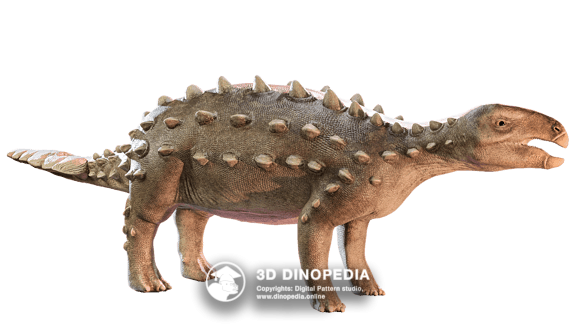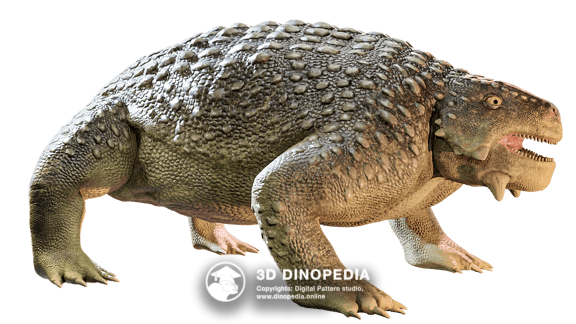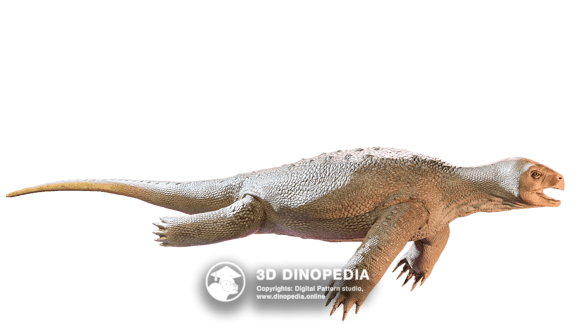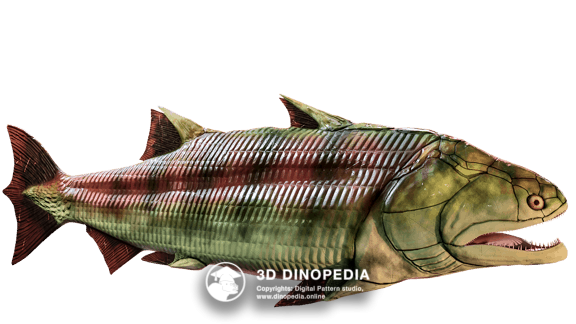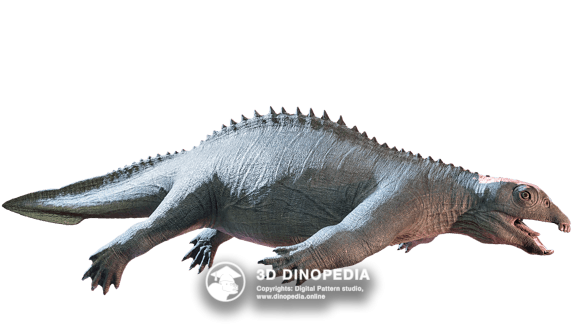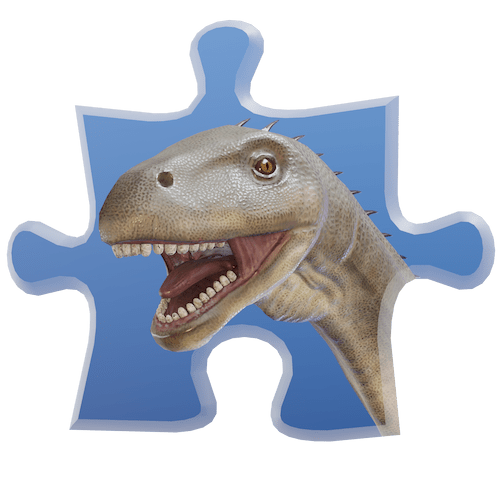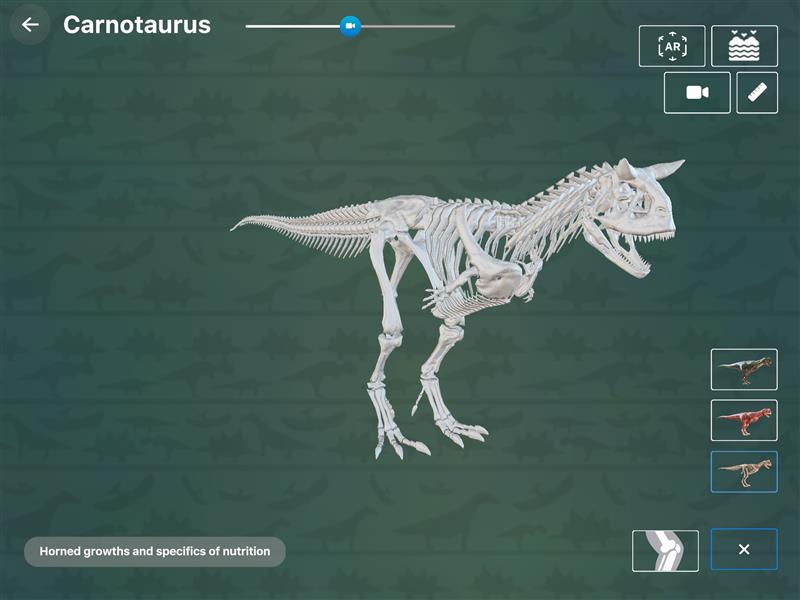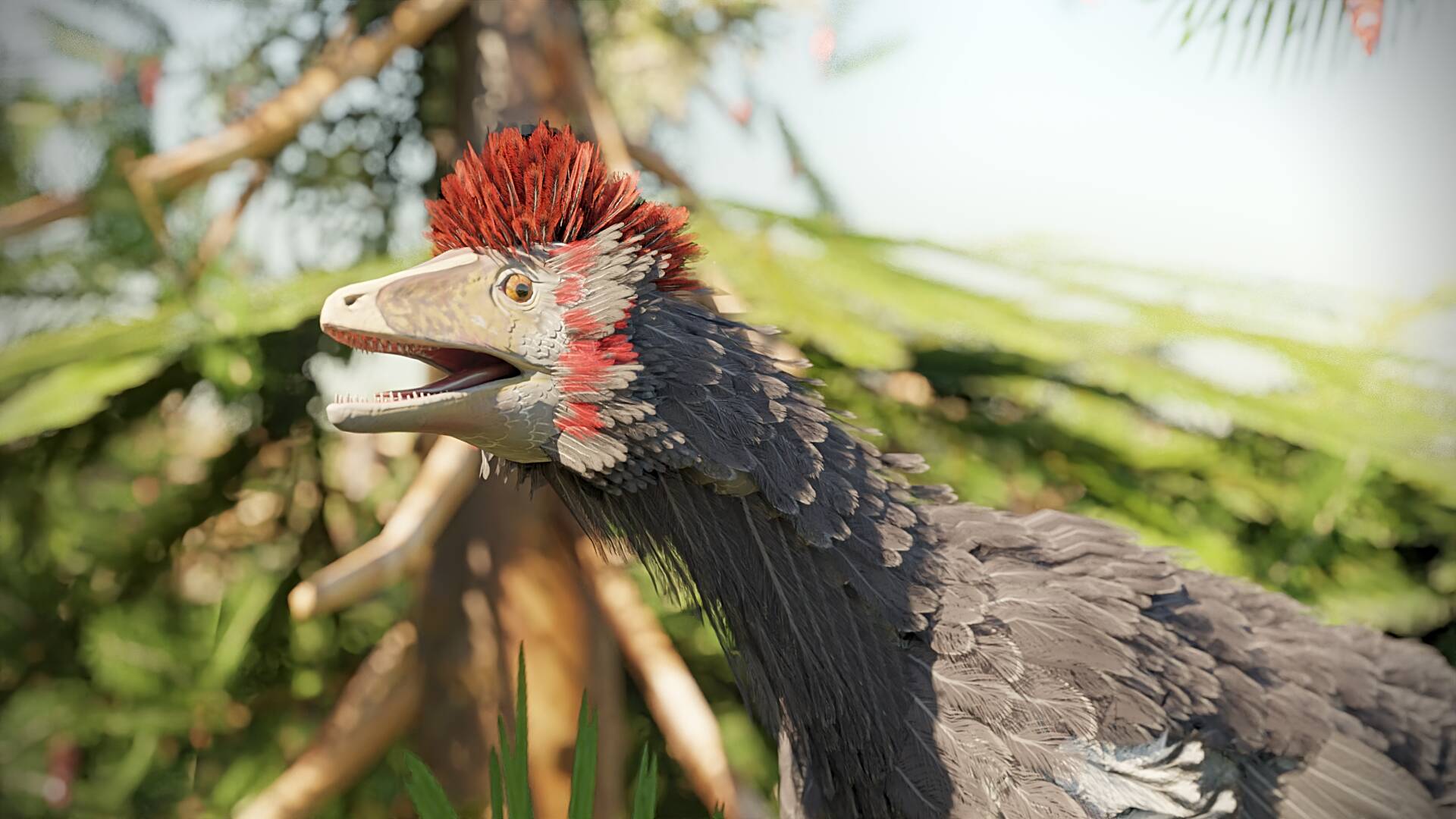Iguanodon

Name meaning:
Iguana tooth
Period of life:
126–120 mya
Period:
Habitat:
Lakes and marshes
Taxonomy:
Ornithopods
Countries:



Iguanodon is a large, bulky Cretaceous period herbivorous dinosaur of the Iguanodontidae family that inhabited planet Earth 140-120 million years ago. It lived on present England and Belgium territories.
Iguanodon became a pioneer from the dinosaurs’ world and its appearance was the first to be reconstructed based on recovered remains. The reptile weighed 5 tonnes and was 4 metres in height and 10 metres in length. It used all four limbs for locomotion and sometimes could shift to bipedality to reach the topmost tree branches and rich high growing foliage.
Iguanodon had unique limbs with five-toed forelimbs. The first sharp claw shaped toe served as a defense against predators, three central toes and the thumbs stuck out away from the three main digits allowing leaves plucking. The reptile was a fast runner. To do that, it leaned on hind limbs and rapidly propelled its huge carcass at a speed of up to 35 km/h.
Iguanodon metre-long head resembled that of a horse. The snout ended up with a beak used for plucking and nibbling small bushes. The jaw contained more than 50 teeth resembled those of modern iguanas, but much larger. This resemblance gave the dinosaur its name. Due to the presence of back teeth together with front ones, it thoroughly chewed food. Perhaps this skill became a cause for Iguanodons population rapid growth.
Iguanodons lived in a friendly herd. This is evidenced by a whole "cemetery" of Iguanodons remains discovered in 1878 in a coal mine at Bernissart, Belgium. At least 38 perfectly preserved dinosaurs’ skeletons were unearthed from 322 metres depth. You can now find them in the Royal Belgian Institute of Natural Sciences.
Discussions
Other animals
 INTERESTING FACTS
INTERESTING FACTS
 PUZZLES
PUZZLES
 HOME
HOME
 3D MODEL "SKIN"
3D MODEL "SKIN"
 3D MODEL "MUSCLES"
3D MODEL "MUSCLES"
 3D MODEL "SKELETON"
3D MODEL "SKELETON"
 VISION
VISION
 NEIGHBORS
NEIGHBORS
 VOICE ACTING
VOICE ACTING
 AR - MODE
AR - MODE
 GALLERY
GALLERY
 HISTORY OF DISCOVERIES
HISTORY OF DISCOVERIES
